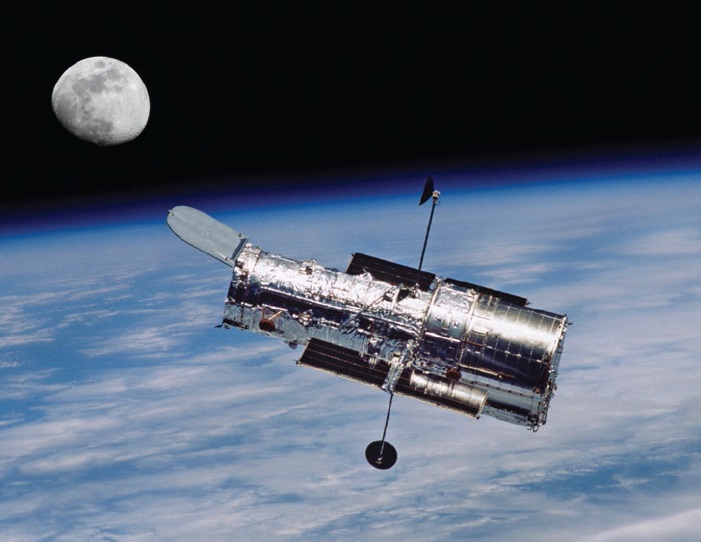Materials in motion
Dr. Ali Erdemir | TLT President's Report April 2017
Tribologists will be among the scientists and researchers creating a sustainable future.

Throughout history, materials have been the backbone of technical innovation.
© Can Stock Photo / njnightsky
FROM STONE AGE TO SPACE AGE, materials have served as the backbone of mobility, industrialization and economic growth. Today we still heavily rely on materials for smooth, safe and long-lasting operations of many mechanical systems, including the cars we drive every day. Materials also have been the driving force behind the present day information society and highly mechanical world. In the field of tribology, advanced materials are much needed to endure increasingly higher thermal and mechanical loadings and harsh environmental constraints. Thanks to many materials innovations in tribology, performance and durability of moving parts have improved immensely over the years.
During the past few decades, much attention has focused on nanomaterials and nanotechnology. A very famous 1959 lecture by Caltech physicist and Nobel laureate Richard Feynman titled There’s Plenty of Room at the Bottom was rightfully credited for the conceptual foundations of these developments. Since then great strides have been achieved in the design and manufacture of many nanomaterials that have led to the creation of new electronics, photonics and photovoltaic devices. Recent advances in supercomputers and analytical tools have further accelerated nanoscale design and large-scale applications of nanomaterials providing unusual properties.
Today it is difficult to foresee what tomorrow will bring and where things are heading. However, there is no doubt that research efforts will continue at a highly accelerated pace as major global initiatives like Materials Genome are phasing in to extract the very best that materials may bring to our lives in the near future. Overall, the more demanding and very stringent operating conditions envisioned for next-generation mechanical systems will be the driving force for the development of new materials with unparalleled functionalities.
Comprehensive friction and wear databases acquired on materials over the years have been vital in the design of more robust mechanical systems. In fact, the level of know-how and expertise gained over the years have reached a point where we can now design a suite of materials that can effectively meet the increasingly more stringent application needs of such systems.
In particular, new materials synthesis methods based on advanced coating technologies are providing the kinds of flexibility that a materials engineer needs to design a truly multifunctional and nanocomposite coating architecture that offers the super hardness and self-lubricating properties most needed for harsh operating conditions or environments. Prime examples include a range of novel carbon-based nanomaterials, which have made a huge scientific and technological impact in many tribological applications. In particular, exploratory research has shown that coatings of graphene, nanodiamonds and diamondlike carbons hold great promise for meeting the performance, durability and efficiency requirements of future mechanical systems.
The greatest challenge for the future seems to be the integration of the vast tribomaterial databases acquired over the years into the realization of much smarter tribosystems that generate little or no friction and last very long. As energy and environmental sustainability becomes the new norm of our generation, we must make every conceivable effort to maximize machine durability (which means high wear resistance) and efficiency (which means low friction) through the development of more robust tribomaterials.
Thanks to the pioneers of our tribology field and the many dedicated materials scientists, engineers and specialists of today, we can proudly say that we are doing our part for a sustainable future.
 Ali Erdemir is a Distinguished Fellow at Argonne National Laboratory in Lemont, Ill. You can reach him at erdemir@anl.gov
Ali Erdemir is a Distinguished Fellow at Argonne National Laboratory in Lemont, Ill. You can reach him at erdemir@anl.gov.